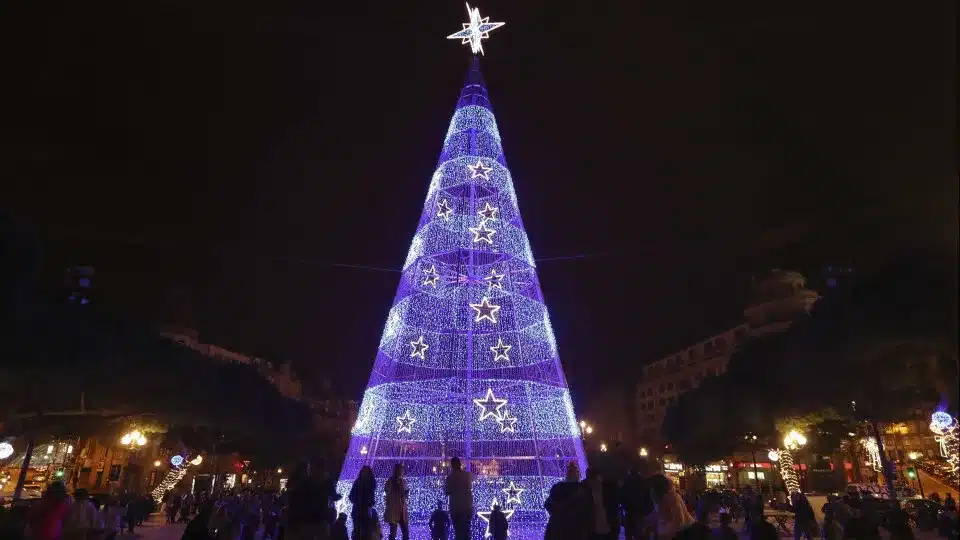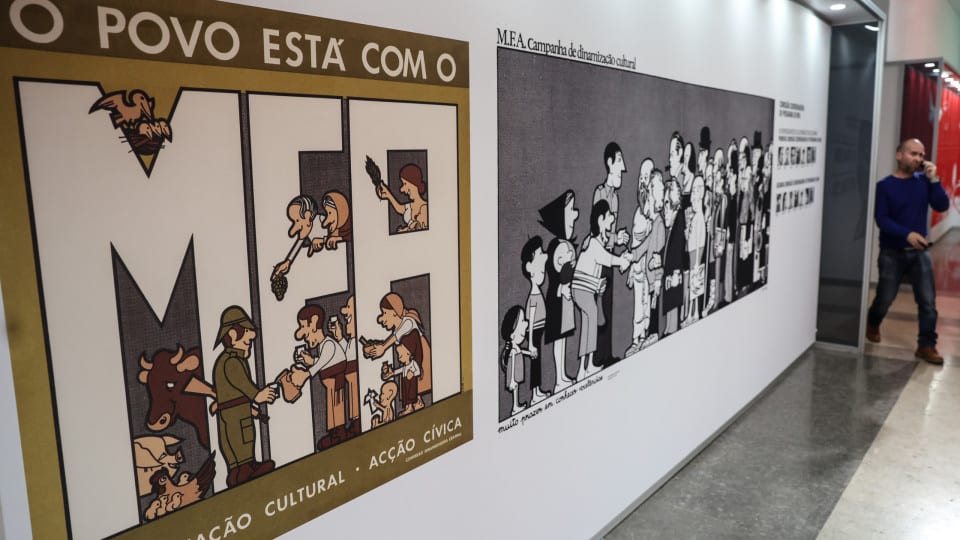The exhibition “O MFA e o 25 de Abril”, inaugurated yesterday in Lisbon, focuses on the origin and why of the captains’ movement, “the colonial war”, in the subsequent process of conspiracy until the unleashing of the operations of that early morning in 1974.
The statement was made to the press by Pedro Lauret, commander in Guinea-Bissau between 1971 and 1973, on board the inspection boat Orion, which was part of the Navy’s first link to the Captains’ Movement and the Commission that drew up the program of the Armed Forces Movement (MFA).
As an April military officer and a fighter in the colonial war, Pedro Lauret, curator of the exhibition, also stressed that one of the objectives is to “place the MFA” in what he considers to be its position: “The center of April 25”.
“The military are forgotten,” he stressed, asking journalists directly “how many names of [April] soldiers do you know?”
“Where in Lisbon is there a 25 de Abril avenue, where in Lisbon is there an Armed Forces Movement avenue. In every town and village in this country there is a 25 de Abril avenue and a Movimento das Forças Armadas avenue, in Lisbon there isn’t,” he emphasized, adding that he only knew that in Lisbon there was a “25 de Abril street to the side of Braço de Prata, between two warehouses”.
Lisbon has always been “magnanimous” in recognizing the people who liberated it, he said, pointing out that it is “full of streets named after heroes of liberalism and the Republic”. “And there are zero April 25 heroes,” he stressed.
Pedro Lauret gave the press a guided tour of the exhibition today with historian Maria Inácia Rezola, the head of the Commission for the Commemoration of the 50th Anniversary of April 25, which is sponsoring the initiative.
For Maria Inácia Rezola, the exhibition “is a particularly important moment”, “because until now we have been analyzing the movements and processes that will lead to April 25, and with this exhibition (…) we arrive at the history of the MFA that will lead us directly to April 25, 1974”.
The head of the commission also pointed out another particularity of the exhibition, which consists of “a crossing of gazes”, a “joining of hands between history and memory”, in an allusion to the fact that the curator was a direct participant in the process which, without neglecting “historiographical rigor, introduces new data that only those who were part of the April 25 conspiracy could know”.
He also stressed the “great technical quality”, highlighting the “very high didactic quality”, given that “more than half of the Portuguese were born after April 25”.
It is, therefore, “the moment to make this passage between memory and the present and to bring memory, history and remind the youngest of what April 25 still has for our democracy today,” he said.
“One of the peculiarities of what happened in this period, unlike what happens in Spain, for example, is that we began to build history ‘from above’, in institutional and political terms,” he said.
What “has been happening in recent years is that we are starting to see history from below,” he said, referring to the fact that the exhibition contains “accounts of what daily life was like during the colonial war.
“How the soldiers lived, what their concerns were. And these aspects are new,” he noted, concluding that these are facts that “have not been highlighted by history until now”








